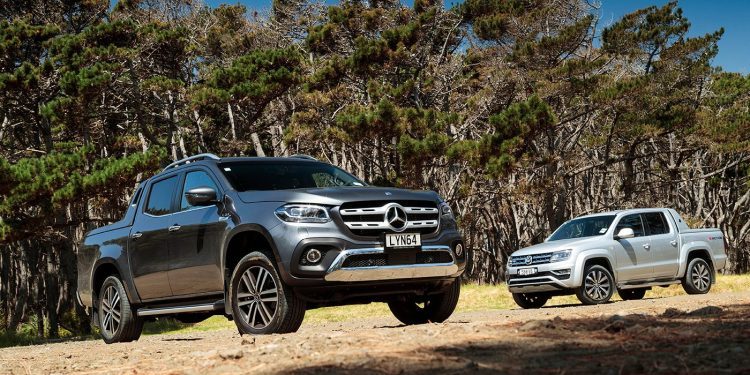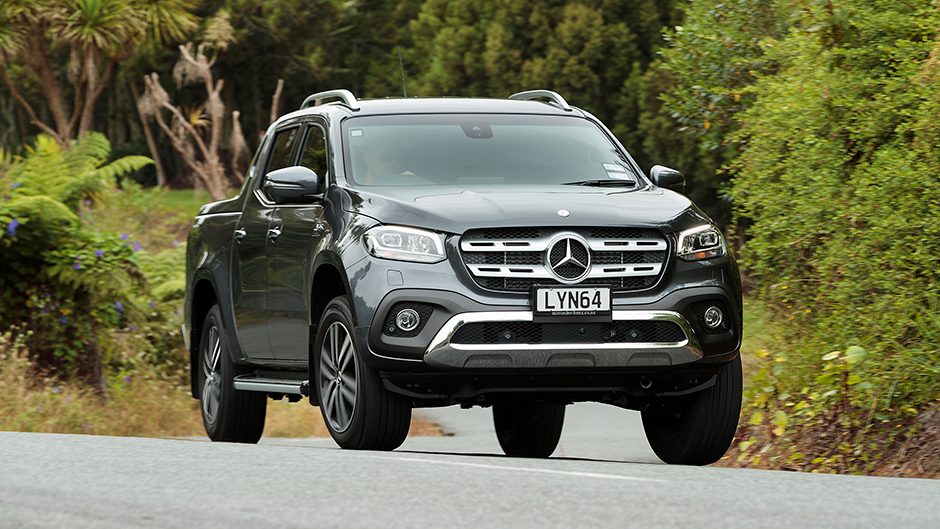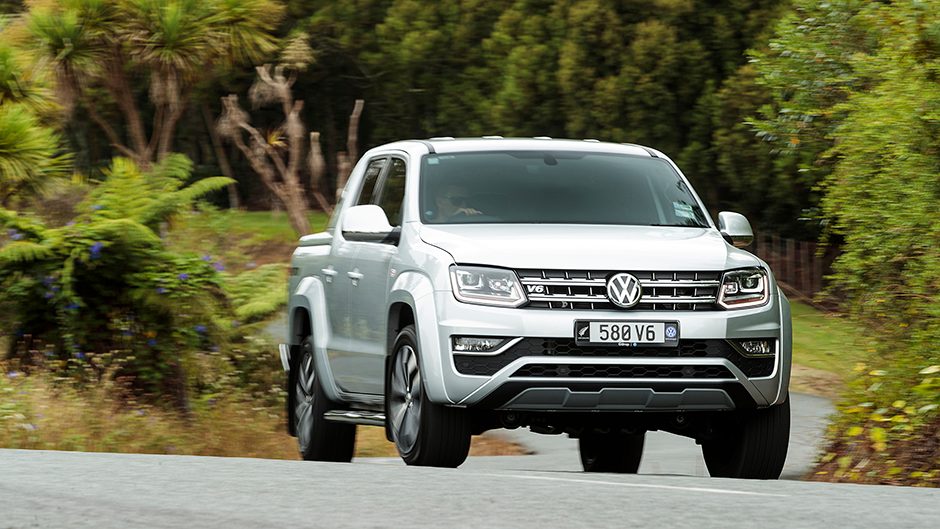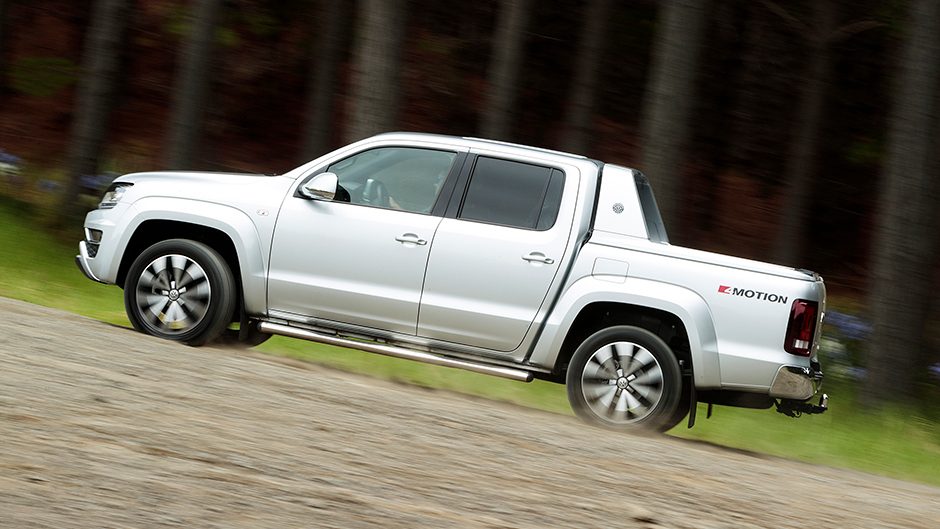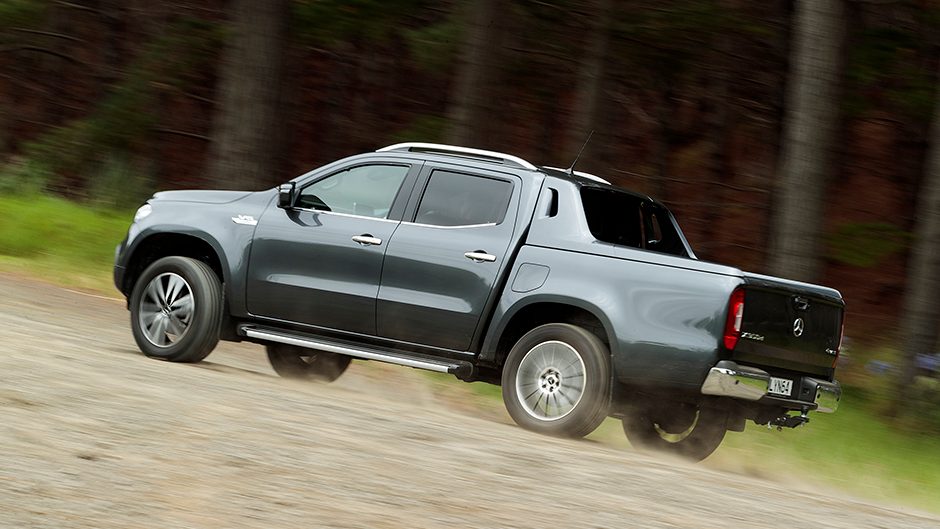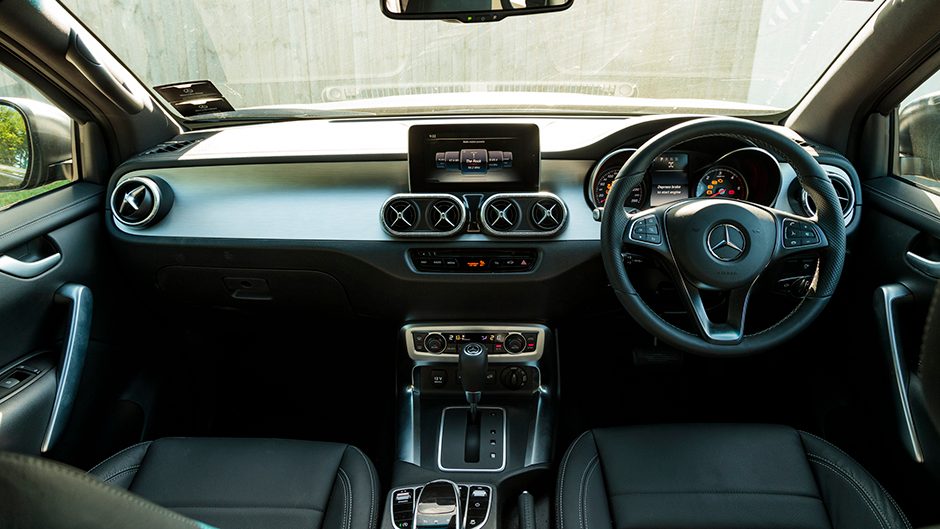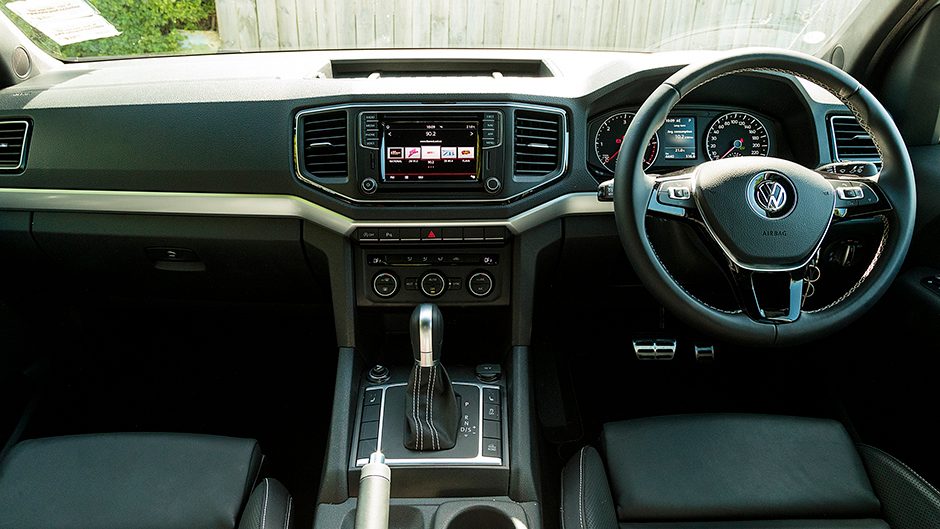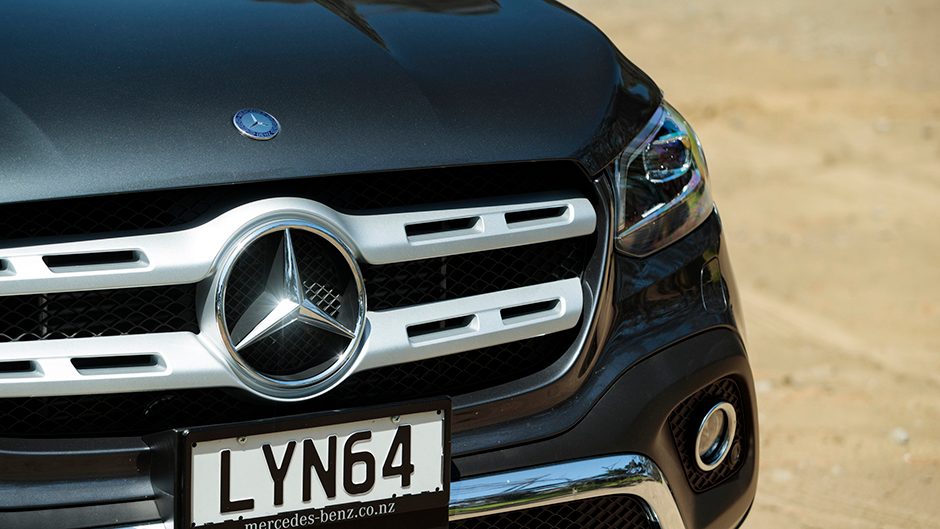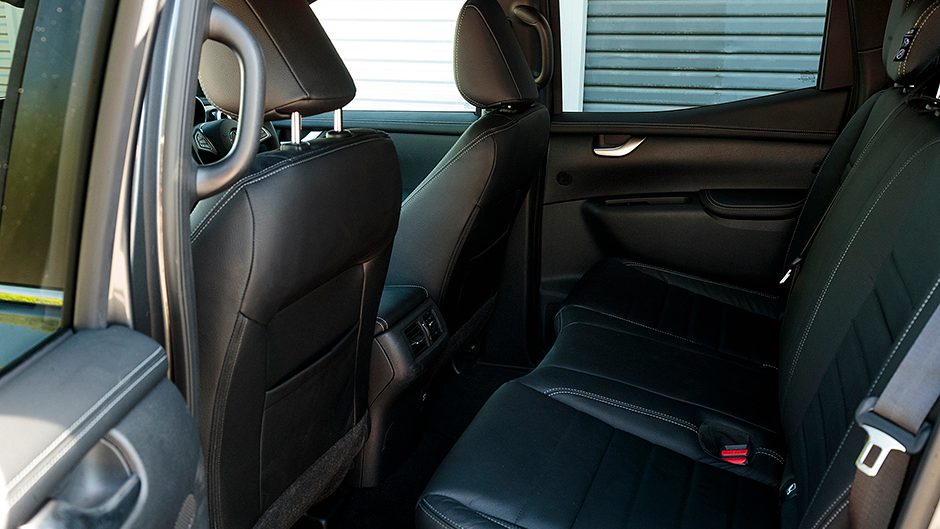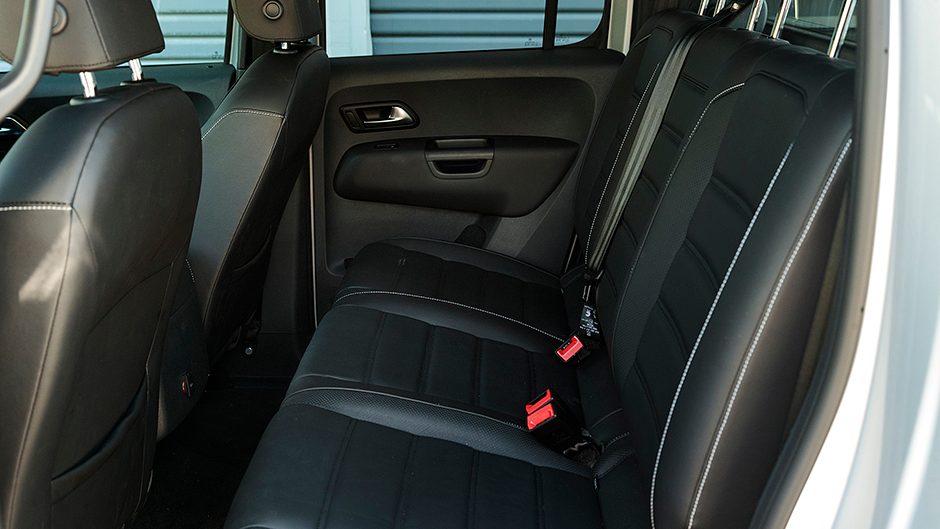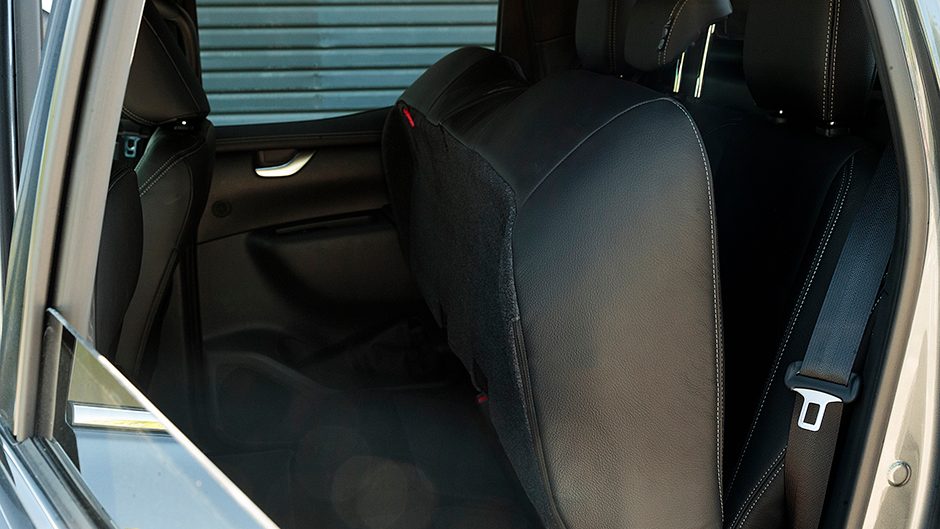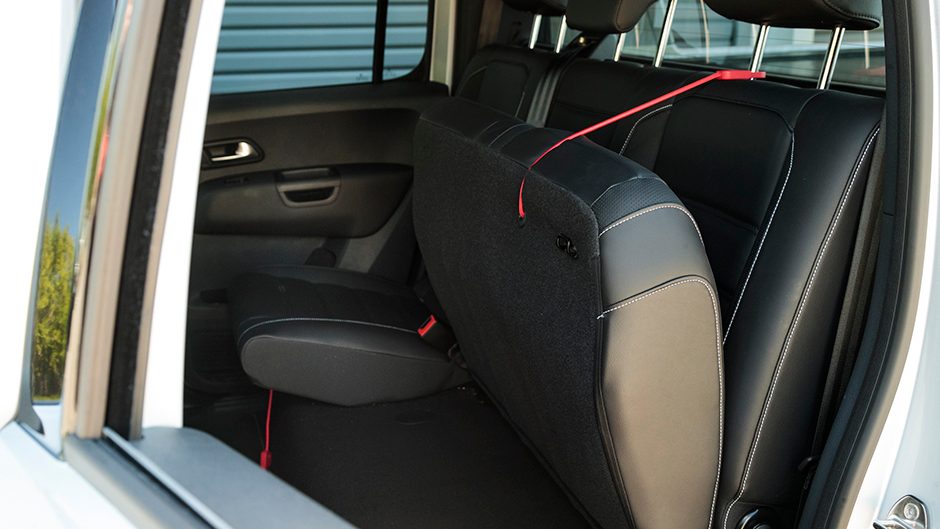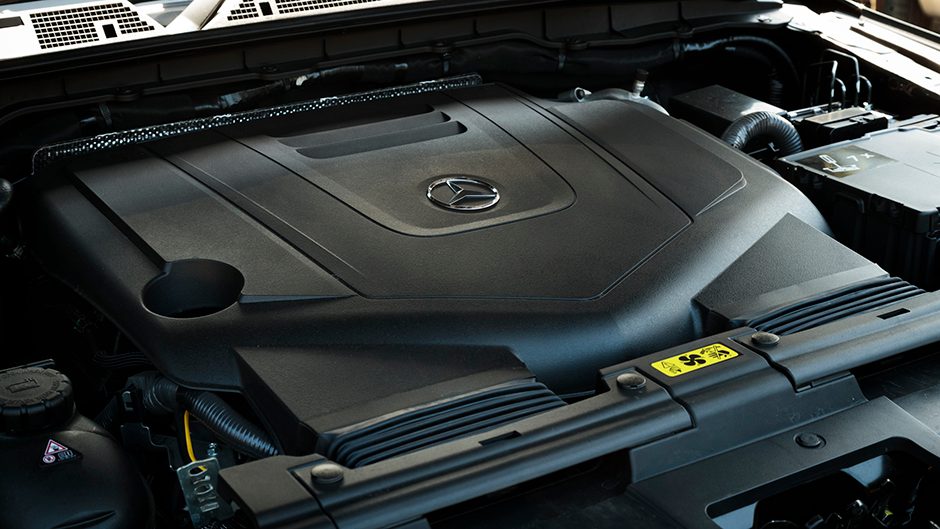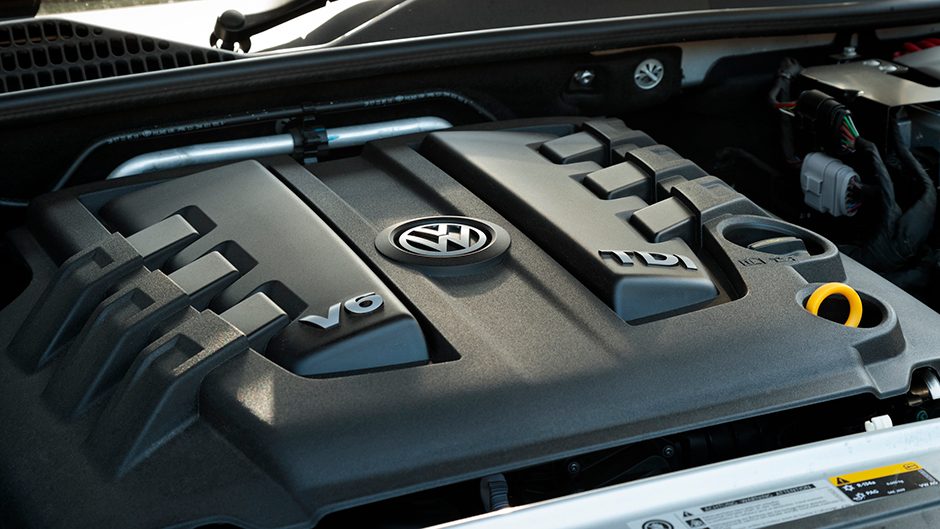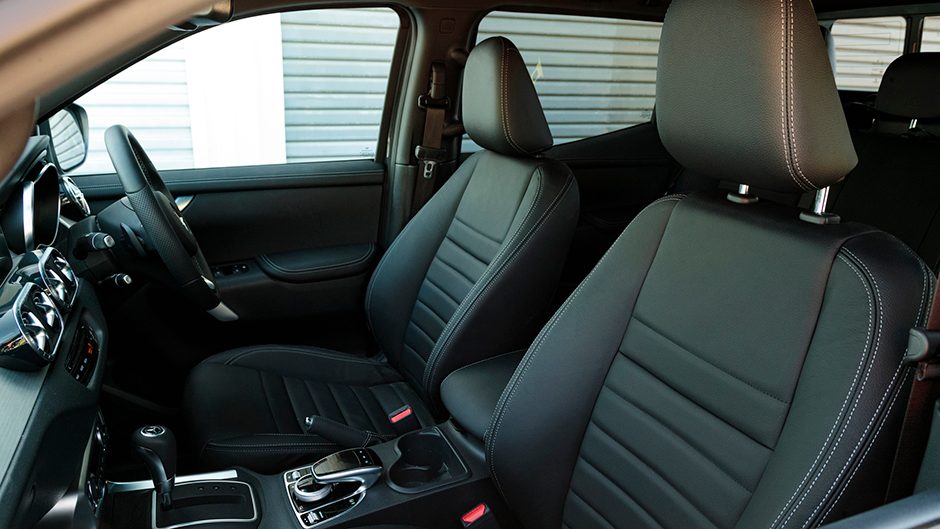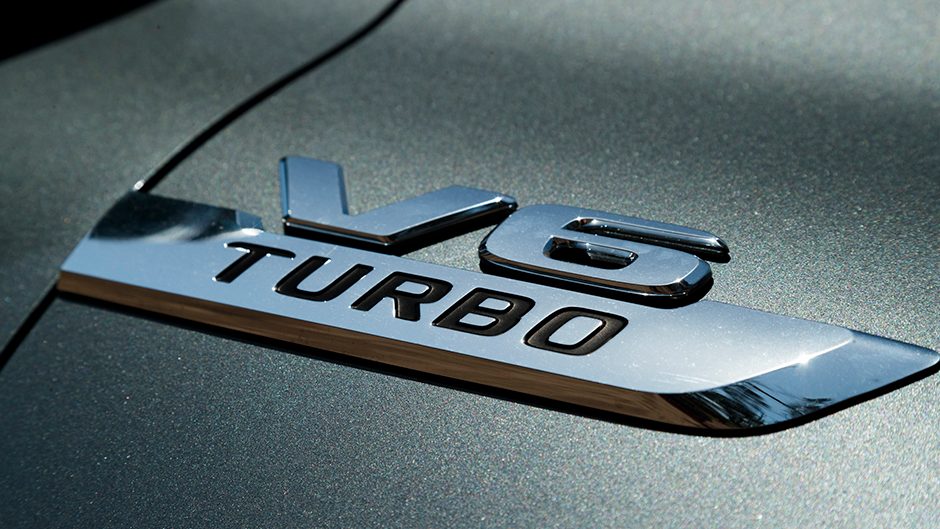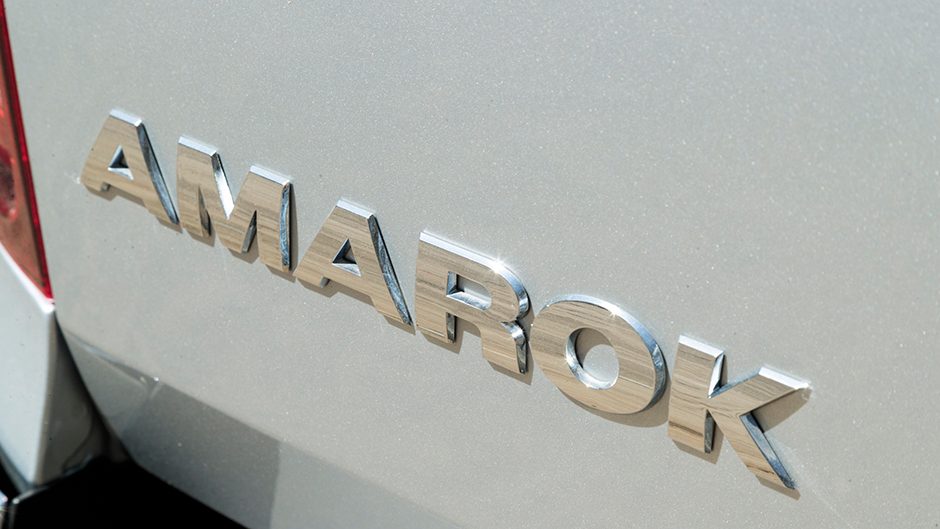2019 Mercedes-Benz X-Class 350d Power vs Volkswagen Amarok V6 Aventura comparison
Words Kyle Cassidy | Photos Tom Gasnier
When German manufacturers go head to head, a power struggle generally ensues. Here the V6 X-Class lines up the against Vw’s biggest bully, the 580nm Amarok Aventura. Which beast is better?
Mercedes-Benz launched its new X-Class ute last year and while there was a fair amount of hype surrounding its arrival, it didn’t translate into sales. Where the likes of the Ranger sold close to 10,000 units in 2018, the X-Class managed to woo just 315 buyers. There’s a reason why you don’t see too many of them out and about. We thought the X-Class was a pretty good thing, raising the bar in terms of refinement levels with hushed progress and a posh cabin to go with rugged ute capability. But it was expensive once you added a few of the optional niceties.
Almost all of the Xs bought last year were the top ‘Power’ model, while they’ve moved virtually none of the base trucks. Our anecdotal evidence suggests most of those in the trades didn’t like the idea of pulling up to the work site in a Merc ute (‘people will think we are charging them too much’), while those developer types said they wanted to wait for the V6.
And here it now is, complete with its 3.0-litre Mercedes-Benz engine and a version of the company’s 4matic permanent AWD set-up, making it more of a Mercedes than the 250 d. The latter we dubbed the Mervara, whereas perhaps this one’s more the Mercera. It’s still based on the Navara, and made in a Nissan factory, but there’s more Benz about this truck. Including the price tag, starting at $81k for the Progressive, which no one will buy, while the Power, featured here, kicks offs at $88k before options.
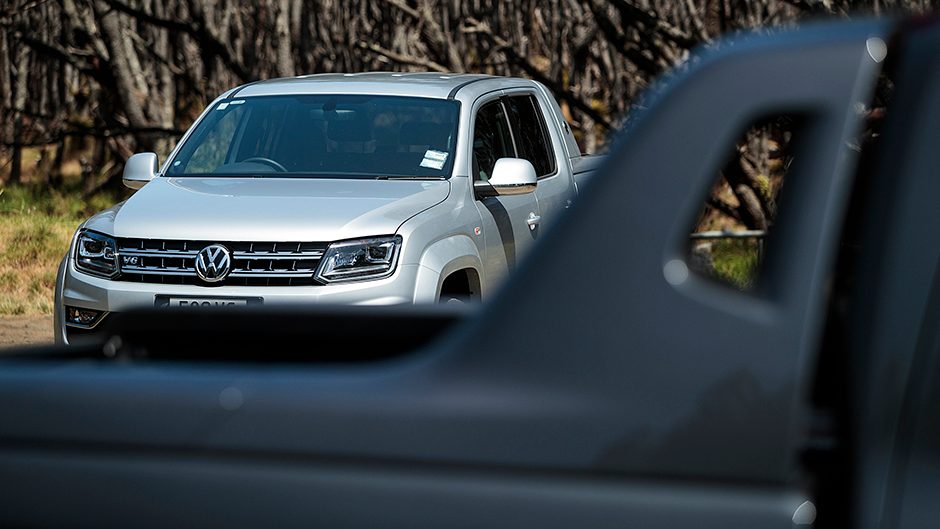
It looks much the same as the 250 d, and so they’ve gone large on a not so subtle ‘V6 turbo’ badge for the front guard, letting people know you’ve splashed out on the extra capacity. The V6 is only 700cc larger than the four pot, but the 3.0-litre six with its single variable geometry turbo delivers 190kW (up 50 on the 250 d) and there’s 100 more Newtons at 550Nm from 1400 to 3200rpm.
The seven-speed auto is Merc’s too and the power flows through it to all four wheels, with the centre diff splitting it 40/60 front to rear. There’s a 4H mode too, for ‘improved traction off road’ and a low-range with a rear diff locker. Also present is the Dynamic Select drive mode system with Eco, Comfort, Sport, Manual and Off Road settings, though you just toggle between Comfort (default) and Sport modes, where the latter quickens the throttle response and pokes the gearbox along.
X-Class uses coils all around, the solid rear axle located via trailing arms while Merc fits a dual rate damper system. These are said to respond softly in normal driving while stiffening during sportier type manoeuvres.
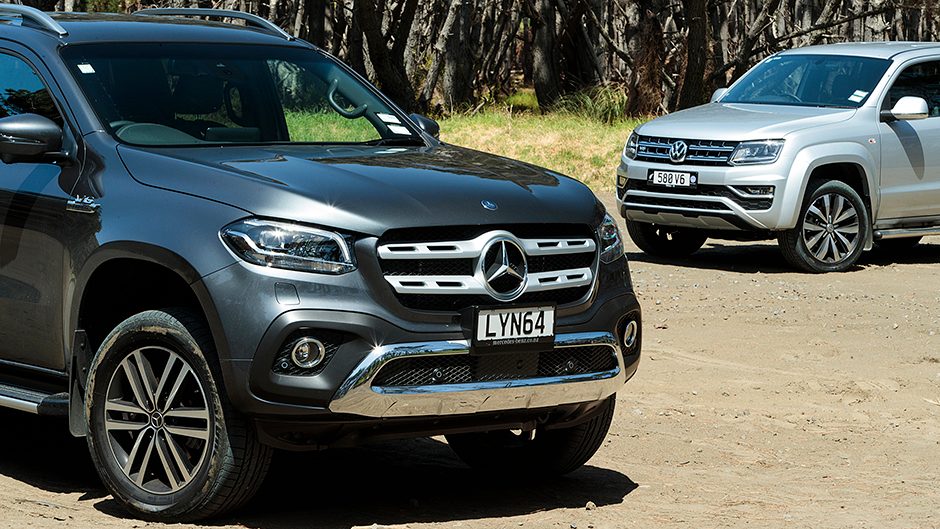
Pack leader
The X-Class is not the lone bully in the double cab sandpit, for it joins the VW Amarok at the grunty end of the pack. Since the demise of the V6 Navara D40 ST-X 580, the Amarok V6 has held the high ground in this segment. Amarok is not a huge seller (in the scheme of the ute market), but then it’s positioned as a ‘high-end truck’, and of the 960 ’roks sold in 2018, over 70 per cent comprised the V6. Last year saw the introduction of an X-Class spoiler in the more powerful Aventura model, which we have here.
It’s upgraded V6 is capable of 200kW and 580Nm on overboost, and gains extras like variable assistance power steering, a posher interior and a few exterior visual upgrades to match the power-up. And the price is a cool $90,000. So what’s the point of these utes you may ask? Bragging rights we guess. And which is the better $90k truck?
That really depends, as after getting to know them both better, there’s not much between them. However there are subtle differences to consider.
A lot in common
These two look to be twins, what with their fender flares, side steps and a few badges to mark them out as the alpha ute. Cosmetic sports bars dress the deck (optional on the X) and there are shiny alloys, 19s on the X (part of an optional Style pack which includes the steps) and 20s on the Aventura.
Climb aboard the VW and it’s clear Amarok is an aging ute, having been around since 2010. They’ve thrown some nice seats aboard, swathed in Nappa leather, powered and heated up front. The infotainment has most functions needed including nav and smartphone connections, but the screen is small.
While the build is robust, few of the surfaces are soft with plenty of hard plastics about. Conveniences are scarce also; forget about a smart key, for instance, while safety items extend to ESP, a reversing camera and air bags for those up front. But then what can you really expect for $90k these days?
There’s added class inside the X, once you add a few options that is. The finishing is generally better; there’s still hard plastic evident but the dash treatment and the soft door tops give the X-Class a lift, even if real leather is an extra $2550, but they throw in heaters as well. There’s a larger more vibrant screen in the X-Class, though it misses out on smartphone connectivity and you’ll need to master the Comand mousey device too.
This also robs the cabin of storage space, of which there is very little. But things like a smart key and a surround view parking camera are good to have on board, and there’s better safety kit, including seven airbags, active lane keeping and AEB. Active cruise however is not an option.
While the Amarok has perhaps the better driver’s position, helped by a four-way adjustable steering wheel (just up and down on the X-Class) there’s more leg room in the rear of the Merc, the seat back with a more comfortable recline, and bigger, wider opening doors. The Amarok is a littler wider across, and both have Isofix type child anchors in the rear. The VW has a longer and slightly wider tray area though is down on payload to the X-Class but both will tow up to 3500kg.
On the prowl
As to how they go, it’s the Amarok that feels the more energetic. It’s a step quicker to a hundred, and a shade swifter on the overtake, while its throttle response is more immediate in everyday running. It surges along on a mere tickle of throttle, like you’d hope a big grunter would where the 350 d has a more laid-back response. And so it doesn’t feel as urgent when given a bit more gas.
That is until you flick the Dynamic Selector to Sport mode to enliven the throttle, granting more immediate access to the surge. But then the trans shifting protocols tend toward racy as well and can you be bothered constantly flicking between the modes when the button is sited on the wrong side of the gear lever?
Neither exhibits much in the way of lag from a standing start in traffic because they have the capacity to fill the gap down low. However, if you stomp on the gas pedal the sixes do take a moment to gather the Newtons, but then all hell explodes as the needle sweeps past 2000rpm. As the torque figures suggest, each has sufficient urge down low to feel nothing but effortless both on town and country roads.
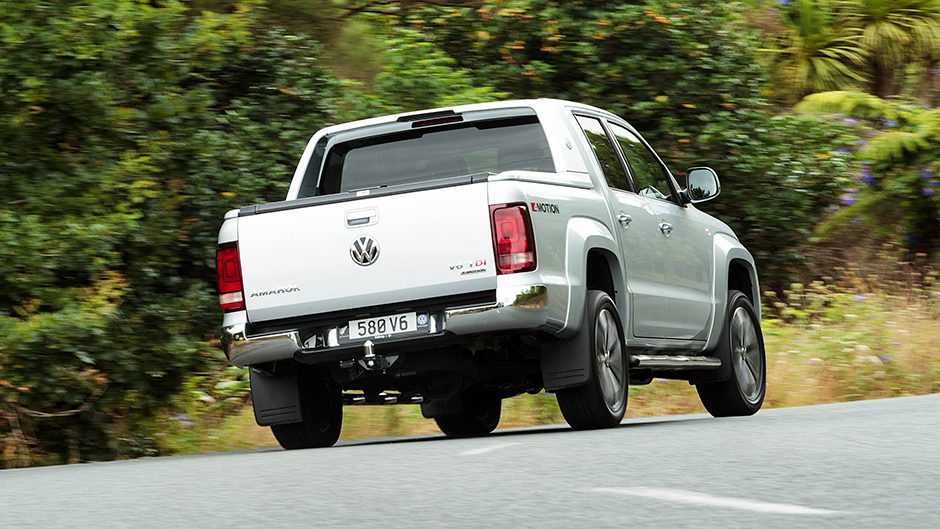
Give the pedal more of a prod and the sixes rev keenly, delivering the goods in abundance between 2000 and 4000rpm, by which time they are pretty much done. Each auto is a decent operator but the eight-speed in the VW is slicker, and a tug of the lever into Sport mode quickly delivers more astute gear selection for added pace. The around town ride quality in each is great for a ute, most of the usual shimmer and shake over the bumps being minimised.
They are also refined to the ear, the V6s sounding off only in a good way, and are smooth to boot. The Amarok is a preferable town mount; it has a slightly tighter turn around, and the Servotronic variable assistance gives the steering an easy-as action at parking speeds. It also has better side mirrors and there’s that superior throttle feel we’ve already talked about.
Both are Euro6 compliant and rated in the eights officially though high tens are more likely, the VW better off by a few points only. Bending them through a few curves and gunning along the odd straight, would you believe they are pretty similar?
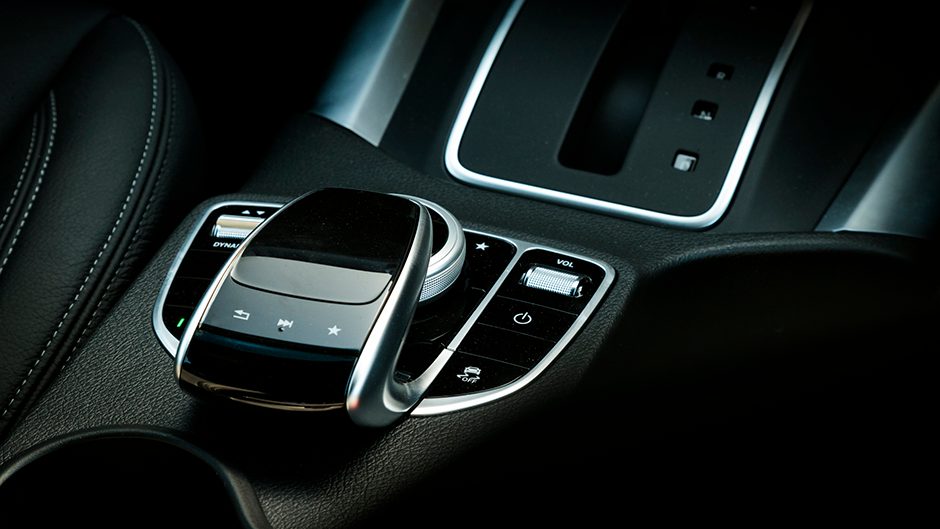
Here’s where you’ll go for the Sport mode in the Benz, and that gives it some spunk to keep up. It is still a little slower on the throttle response, but the auto will shift with more intent, keeping the engine spinning between 2500 and 4000rpm. With such grunt on tap, they gather speed briskly but despite their truck underpinnings they manage to keep progress ruly. Both have a 40/60 torque split to help fight the usual urge of AWD power-on understeer but with big V6s high over the front axle, front end push eventually creeps in.
This is easily enough sorted by tempering your throttle enthusiasm. They do bumps at speed well too, although those dual rate dampers on the X-Class lead to a firming of the ride while the Amarok maintains a more supple approach. Reassuringly, both have enough brakes to keep things in check at the end of each straight.
Which is it then?
It will more than likely come down to which badge you prefer to see yourself driving than anything. The Amarok does drive well everywhere, but apart from a lack of cabin storage and the need to flick between Sport and Comfort modes continually, the X-Class has better safety creds, a superior interior and more capability via its proper low-range and greater payload, making it arguably the better buy. There’s little in it though.
| Model | Mercedes-Benz X 350 d Power | Price | $88,325 |
| Engine | 2987cc, V6, TDI, 190kW/550Nm | Drivetrain | 7-speed auto, all-wheel drive |
| Fuel Use | 8.8L/100km | C02 Output | 230g/km |
| 0-100km/h | 7.80sec | Weight | 2341kg |
| Model | Volkswagen Amarok V6 Aventura | Price | $90,000 |
| Engine | 2967cc, V6, T/DI, 190kW/580Nm | Drivetrain | 8-speed auto, all-wheel drive |
| Fuel Use | 8.6L/100km | C02 Output | 199g/km |
| 0-100km/h | 7.47sec | Weight | 2290kg |


